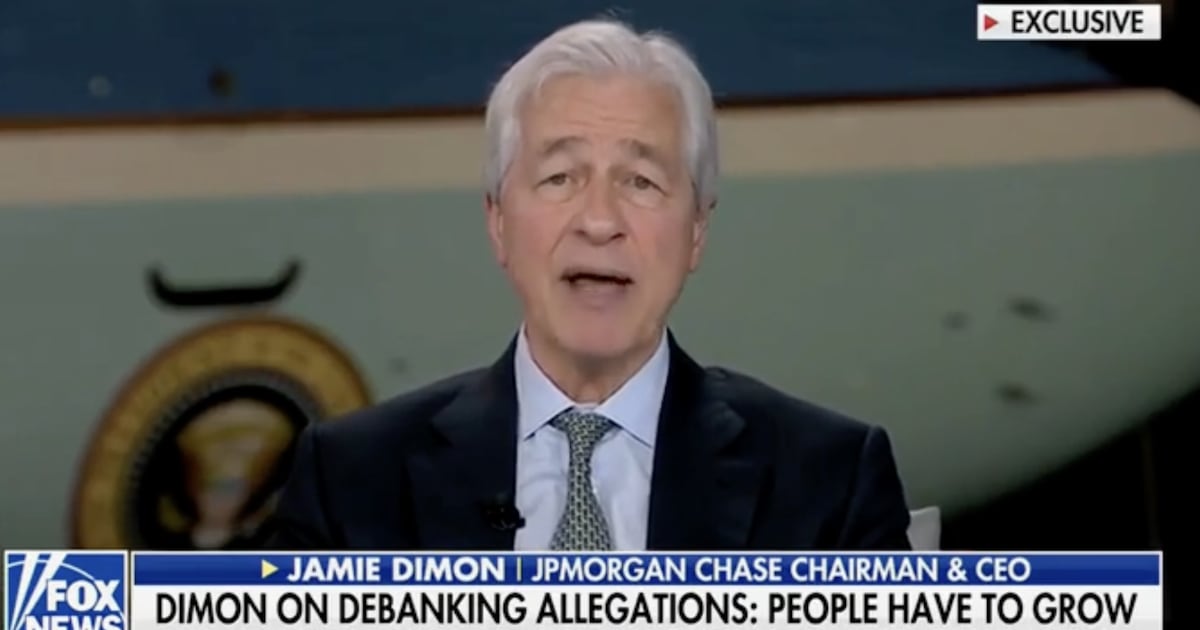About the author: J.W. Mason is a professor of economics at John Jay College, City University of New York, and a fellow at the Roosevelt Institute.
Is the Bubble Economy Really Bursting? Low Rates Aren’t As Bad As We Thought.
- Order Reprints
- Print Article

Give your feedback below or emailproduct@barrons.com.
"The past year has seen a parade of financial failures and asset crashes. Silicon Valley Bank was the first bank failure since 2020, and the biggest since 2008. Before that came the collapse of crypto exchange FTX. Even luxury watches are in free fall.
If so many assets were overvalued, it’s natural to ask if the reason was a decade-plus of low interest rates set by the Federal Reserve and other central banks. Widespread bubbles and fraud are, in this view, a sign that monetary policy should never have been so loose.
Versions of the argument that low rates lead to bubbles are made by financial journalists and prominent Keynesians, as well as by economists of a more conservative bent. At the Bank for International Settlements, or BIS, “too low for too long” is practically a mantra. But does the story make sense?
Yes, low interest rates mean high asset prices. But that’s not the same as a bubble. To the extent that an asset represents a stream of future payments, a lower discount rate should raise its value.
On the other hand, asset prices aren’t just about discounted future income; they also incorporate a bet on the future price of the asset itself. If a fall in interest rates leads to a rise in asset prices, market participants may mistakenly expect that rise to continue.
Another argument for why low rates lead to bubbles is that when income from safe assets is low, investors will “reach for yield,” bidding up the price of riskier assets. Investors’ own liabilities also matter. When it’s cheap and easy to borrow, an asset may be attractive that wouldn’t be if financing were harder to come by.
But if low interest rates make acquiring risky assets more attractive, is that a problem? The whole goal of rate cuts is to encourage investment spending that wouldn’t happen if rates were higher. As I argued recently, it isn’t clear that business investment is very responsive to interest rates. But whether the effect is strong or weak, “low interest rates cause people to buy assets they otherwise wouldn’t” is monetary policy working as intended.
Still, intended results may have unintended consequences. When people are reaching for yield, the argument goes, they are more likely to buy into projects that turn out to be driven by fraud, hype, or fantasy.
This last idea is often taken for granted. But it isn’t obvious why an environment of low yields should be favorable to frauds. Projects with modest expected returns are, after all, much more common than projects with high ones. When risk-free returns are low, there should be more legitimate higher-yielding alternatives, and less need for risky long shots. Conversely, it is the projects that promise very high returns that are most likely to be frauds—and that are viable at very high rates.
Certainly this was Adam Smith’s view. For him, speculation and fraud weren’t arguments for high interest rates, but reasons to prohibit them. If legal interest rates were “so high as 8% or 10%,” he believed, then “the greater part of the money which was to be lent would be lent to prodigals and projectors, who alone would be willing to give this high interest.”
The FTX saga is an excellent example. At one point, Sam Bankman-Fried—a projector and prodigal if ever there was one—offered as much as 20% on new loans to his hedge fund, Alameda, according to The Wall Street Journal. It wouldn’t take low rates to make that attractive—if he good for it. Someone like Bankman-Fried isn’t offering a product with low but positive returns, attractive only when rates are low. He was offering an expected return that, in retrospect, was in the vicinity of minus 100%. Giving him your money is a bad idea at any interest rate.
That said, there is one plausible story in which low rates lead to dangerous risk-taking. Institutions such as insurance and pension funds have long-term liabilities that are more or less fixed. Their long investment horizons mean their loss of income from lower rates will outweigh their capital gains. (This is one thing the BIS gets right.) When the alternative is insolvency, it can make sense to choose a project where the expected return is negative, if it offers a chance of getting out of the hole. That’s a common explanation for the seemingly irresponsible loans made by many savings and loans in the 1980s—faced with bankruptcy, they “gambled for resurrection.” One can imagine other institutions making a similar choice.
High rates broke the S&Ls, not low ones. But there is a common thread. A balance sheet set up on the basis of interest rates in some range will have problems if they move outside it. Modern economies depend on a vast web of payment expectations and commitments stretching into the future. Changes in interest rates change those future payments. Whether upward or downward, this means disappointed expectations and broken commitments.
If the recent period of low rates was financially destabilizing, it isn’t because rates were low. It’s because they were different from what was planned on. If the Federal Reserve is going to draw general lessons from the bubbles that are now popping, it should not be about the dangers of low rates, but that of drastic and unexpected moves in either direction.
Guest commentaries like this one are written by authors outside the Barron’s and MarketWatch newsroom. They reflect the perspective and opinions of the authors. Submit commentary proposals and other feedback to ideas@barrons.com.


No comments:
Post a Comment